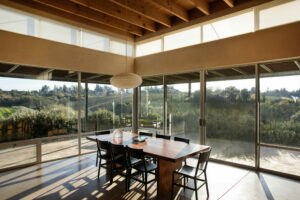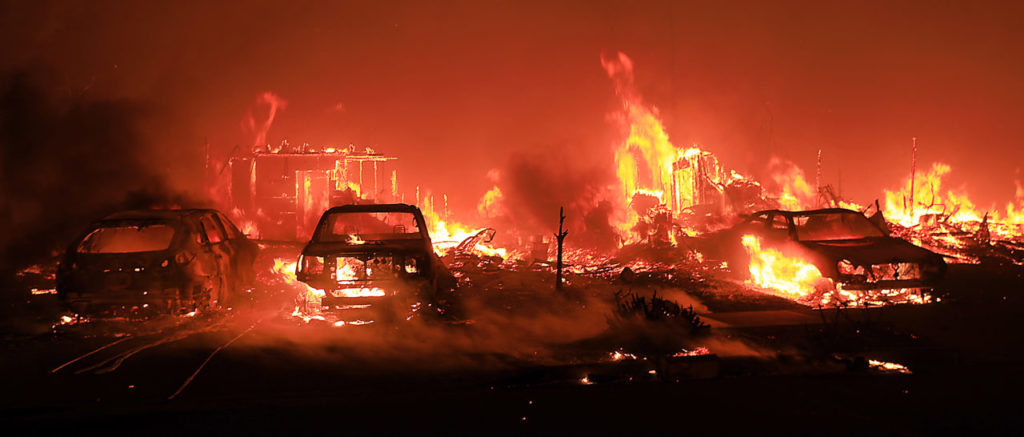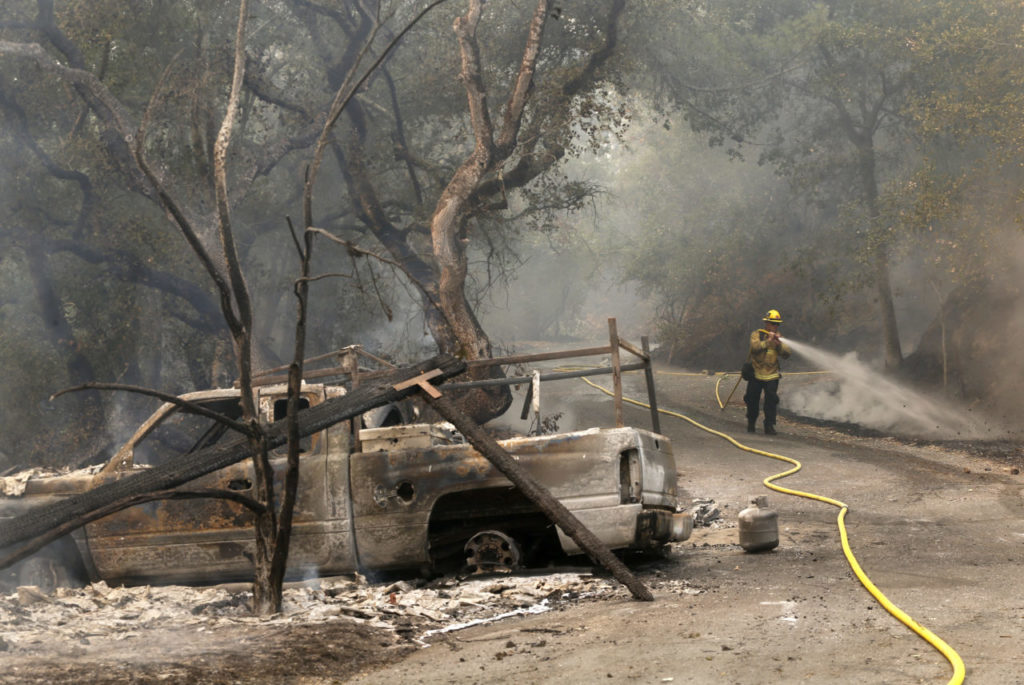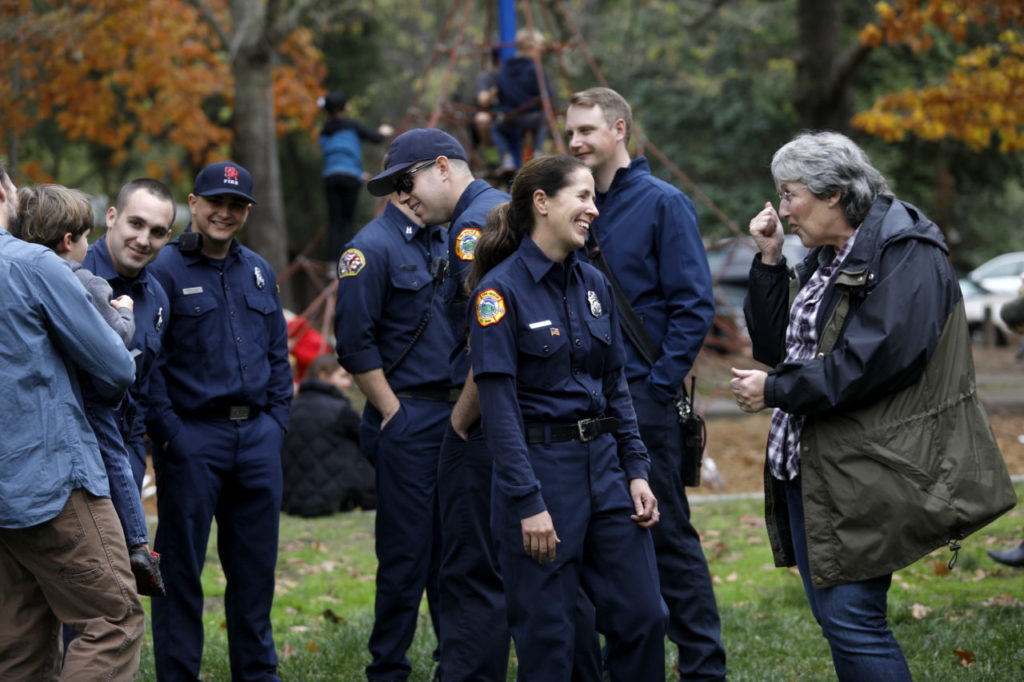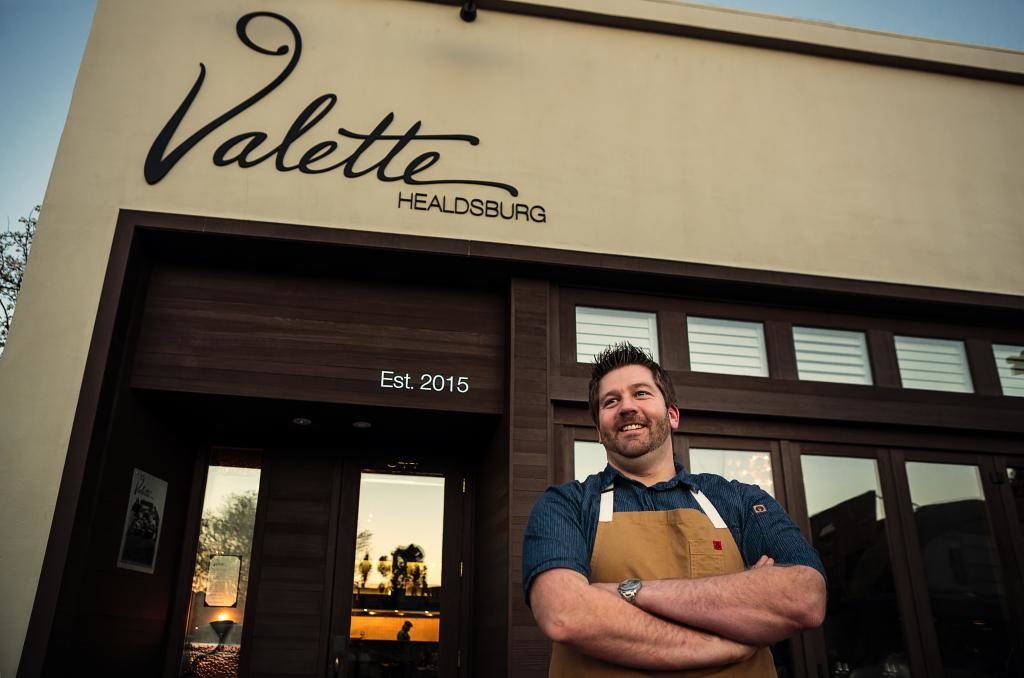Sonoma always felt like home to me, even before it was actually my home. I grew up in a rural town back east, and Sonoma’s rambling farm culture felt familiar: the neighborhood feed store, the extra pears and persimmons left out on fences for passersby, the goats and horses along Highway 12. Vineyards were new, but I loved their twisting tendrils and regimented, row-by-row design. Even the valley oaks, so different from the year-round green of the pines I’d known, had a scruffy, wise presence in the landscape. I couldn’t get enough.
My family and I moved to Kenwood four years ago, and we think it’s the best small town in the world. Really, truly. Our first friends in the village were fellow beekeepers we met after they helped us give a home to a springtime swarm. We love how preschoolers ride their strider bikes down Los Guilicos to school, how villagers rally for an old-school Fourth of July with nearly as many parade participants as watchers, and how the best part of any day is reading the highly entertaining police blotter in the bimonthly Kenwood Press (bonus points if you can figure out which neighbor called the sheriff on the rowdy vacation rental). Villagers know to give a wave as we pass in our trucks, and we can always tell if someone’s up from the city by the speed they drive on our curvy country roads.
It seems we all know each other at least by sight, and longtime local families are leaders at the school, the community clubs, and our two churches. Many at Kenwood’s volunteer fire district are second- or third-generation firefighters as well as parents at the school. For the 1,200 or so people who live here, the roots really do run deep.
Late that Sunday night, the first night of the fires, it was a crushing fear of the loss of my kids’ school that undid me. We left pretty quickly, and in the disorienting rush of grabbing keepsakes and checking on neighbors, I remember seeing huge flames in the direction of Kenwood School and thinking it had to be gone. Through about a million group texts Monday morning, we started to hear about homes being lost, but we had little other specific Kenwood news until Tuesday, when my husband and I were able to sneak back in for a few hours to check on the chickens and bees and evacuate our bunnies.
But even after seeing blackened fields and thick yellow skies for myself, I still couldn’t wrap my mind around the severity of the fires. I told myself that surely we’d be home in a couple more days.
A few close neighbors stayed in Kenwood after Tuesday, gathering at the Muscardini tasting room to share information and working together to clear debris from the school that could spark another fire. At night, they barbecued steaks from the deep freezers that many of us keep in our sheds (with the power out long-term, everything was about to go bad anyway).
The folks who stayed behind texted us when they could, sending photos of fire lines creeping down from Sugarloaf Ridge State Park toward the valley floor. They cheered the arrival of helicopters and worried for the safety of the firefighters. They asked for diesel, for jugs to water animals, for more planes to help out if they could. A beloved local mechanic found his way into town on a motorcycle to help fix equipment. Vineyard owners helped bulldoze firebreaks. The owners of the feed store handed over the keys so that animals could be fed. And a neighbor spread word that he had both a working well and solar power, and that anyone was welcome for hot food, charging phones and showers.
Neighbors like these are the reason my friends and I can’t imagine ever living anywhere else. So many were willing to help and are helping still, even as we begin to understand how deeply the fires have affected our tiny town. Over 80 percent of Sugarloaf Ridge State Park was impacted by the fires; 35 percent of the acreage in the Kenwood Fire Protection District burned and dozens of homes, including several belonging to school families or staff, were lost. Importantly, Kenwood School came through the fires intact, though it was three weeks before students got back to class. (At least five schools in the county, including Cardinal Newman High School and the Anova School for students on the autism spectrum, lost campus buildings in the fire.)
In the parts of Kenwood that were not affected, residents still stayed away up to two weeks, and those who returned to damaged properties faced long waits for professional restoration. Those bright green Servpro trucks were everywhere you looked.
The focus here in the valley has now turned to recovery, to honoring our first responders and making sure locals can find places to stay during rebuilding. As a dear friend says, if we can’t keep our people here, then the magic is gone — and we can’t imagine that. The fires are both a tragedy and a coming together, a realization of how much our community matters. How much people matter. And how together, our community will come out on the other side.








